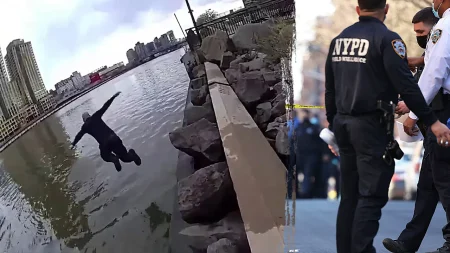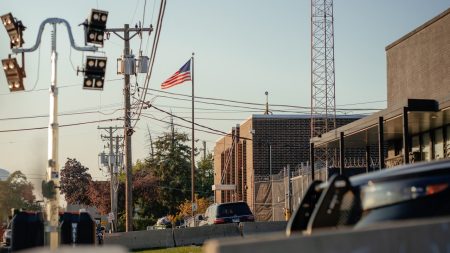College Student’s Harrowing Experience in Burning Cybertruck Raises Safety Concerns
A recent lawsuit has brought to light the terrifying ordeal of a college student who reportedly became trapped inside a Tesla Cybertruck during a fire incident. According to the legal filing, the vehicle’s electronic door system significantly complicated both her escape attempts and rescue efforts by others. This case has sparked renewed discussions about the safety implications of fully electronic door mechanisms in emergency situations, particularly when vehicle power systems fail or malfunction.
The student’s experience highlights a growing concern in modern vehicle design where technological innovation may sometimes create unexpected safety challenges. As described in the lawsuit, conventional mechanical door handles provide a reliable exit method regardless of a vehicle’s electrical status, but the Cybertruck’s dependency on functioning electronics for egress meant that when systems failed during the fire, what should have been a straightforward evacuation became potentially life-threatening. First responders reportedly also struggled to access the vehicle, precious minutes were lost, and the psychological trauma of being trapped in a burning vehicle has had lasting effects on the student.
This incident raises important questions about the balance between cutting-edge automotive design and fundamental safety considerations. Tesla’s Cybertruck, known for its futuristic aesthetic and technological features, represents a bold departure from traditional vehicle architecture. However, the lawsuit suggests that in prioritizing sleek design and electronic integration, the vehicle may have overlooked critical fail-safe mechanisms that could prove essential in emergency scenarios. Industry safety experts have long debated whether fully electronic systems should always include mechanical backups, particularly for critical functions like door operation.
The case has attracted attention from safety advocates and regulatory bodies who question whether current safety standards adequately address the unique risks posed by highly computerized vehicles. While modern cars increasingly rely on electronic systems for everything from acceleration to braking, doors represent a particularly critical component in emergency egress. Some automotive safety specialists argue that regardless of how advanced a vehicle’s technology becomes, passengers should never be in a position where fire or electrical failure could prevent them from exiting. This perspective is gaining traction as more vehicles adopt sophisticated electronic interfaces.
For Tesla and other manufacturers pushing the boundaries of automotive innovation, this lawsuit may serve as a crucial reminder that technological advancement must be balanced with practical safety considerations. The automotive industry’s rapid evolution toward increasingly computerized vehicles presents both opportunities and challenges. While electronic systems offer enhanced features and capabilities, they also introduce new potential points of failure that traditional mechanical systems simply don’t have. The student’s alleged experience demonstrates how quickly a routine situation can become dangerous when technology that works perfectly under normal conditions fails during an emergency.
As this case proceeds through the legal system, it will likely influence discussions about vehicle safety design across the industry. Regulators may consider whether new standards are needed for electronic door mechanisms, potentially requiring mechanical overrides or backup systems that function even when a vehicle loses power. For consumers, this case serves as a sobering reminder to familiarize themselves with emergency exit procedures for increasingly complex vehicles. The college student’s reported experience in the Cybertruck fire ultimately represents more than just an isolated incident—it embodies the broader challenges of ensuring that automotive innovation enhances rather than compromises passenger safety.










